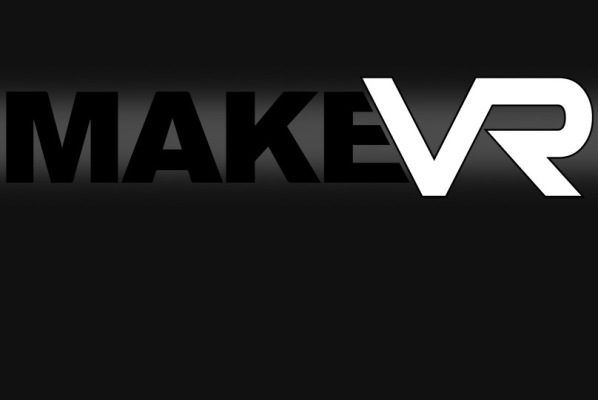Sixense, maker of the Razer Hydra, is about to storm into the software arena with an impressive user-friendly computer aided design program called MakeVR. The software is built from the ground up with Oculus Rift and Razer Hydra support. The combination enables even entirely inexperienced users to make complex 3D models with ease, while at the same time retaining powerful CAD functionality. In addition to trying MakeVR for myself at GDC 2013, I sat down with Sixense’s Simon Solotko and Paul Mlyniec to learn more about this ambitious project.
Sixense is launching a Kickstarter campaign this month and they hope to use the funds to cram as much user-friendly functionality into the software as possible. They intend the end result to be a collaborative CAD environment that functions on natural interaction and is easy enough for the novice, but powerful enough for the master.
The smooth, intuitive control that you see above is not concept footage, it’s exactly how MakeVR works.
I used an alpha build of MakeVR at GDC 2013 with the Razer Hydra and a 3D HDTV. After a 30 second training session, I was easily navigating the design space, manipulating objects, and scaling to my heart’s content. Having depth-perception and independent 1:1 hand controls makes for an instantly natural experience which relieves the need to even grasp an X/Y/Z coordinate system.
When I saw what was possible with MakeVR I knew that Sixense was onto something — for a younger audience this will be like unlimited virtual Legos on steroids, except with the ability to share your imaginative creations with a worldwide audience (and without the $50/kit price tag).
For someone like myself — who has zero CAD experience — MakeVR suddenly opens up to me the possibility of building complex 3D models that would have formerly required software that was too expensive and complex to manage.
And for the advanced user, Sixense says that MakeVR is ready to make both 3D printing models (thanks to .stl exporting) and detailed virtual goods which could be distributed in other games. MakeVR can import models from other software and uses the industry standard .sat file format.
Another exciting possibility is for those working on virtual reality games for the Oculus Rift. To make 3D models you’d currently need to work outside of the Rift in a normal modeling program, then drop your models into the game and put the Rift on to see how they look to scale and in 3D. With MakeVR you could work directly with the medium in which the model will eventually be used.
MakeVR Made for Head Mounted Displays
MakeVR Head of Development, Paul Mlyniec, told me that using MakeVR with a head mounted display like the Oculus Rift is the quintessential usage of the software. While it’s natural enough using the Razer Hydra to manipulate and build models on a monitor, adding a head mounted display makes it feel like you are reaching out with your own hands — not unlike the Oculus Rift ‘Tuscany’ Razer Hydra demo.
“[MakeVR is] designed very much with head mounted displays in mind… you see from the tool panel that you have all the control that you need — you’re never groping for a mouse and keyboard — everything is self contained, and expected that [the software] is going to take over all the senses of the user,” said Mlyniec.
GDC 2013: Sixense MakeVR Interview
I had the chance to sit down with two folks from Sixense who are leading the MakeVR project — Product Manager, Simon Solotko, and Lead Developer, Paul Mlyniec, to learn more about the project:







